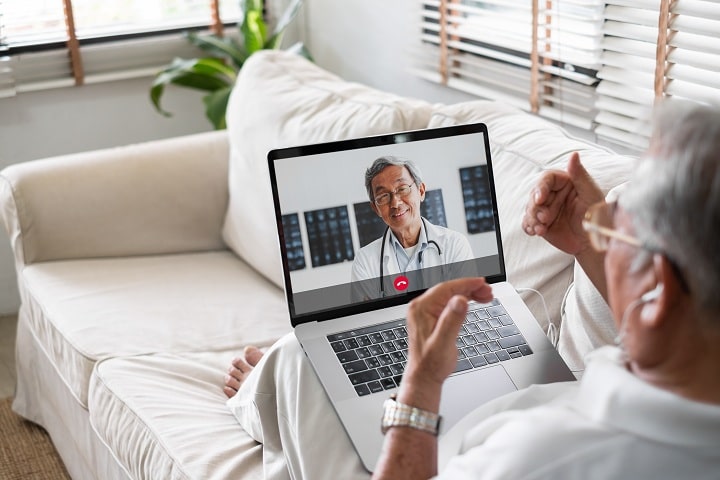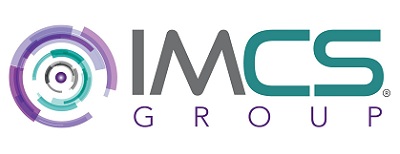The history of telehealth can be traced as far back as the late 19th century when doctors telephoned patients to save time on office visits; doctors in the early 20th century aided medical clinics on ships via the radio; and by the late 1950s early 1960s, telehealth was used in hospitals through closed-circuit television. Telehealth has continued since then to make great advancements, yet its popularity has increased only incrementally, having been for so many years overshadowed by traditional health care methods.
However, the convergence of technology and necessity instigated by the COVID-19 pandemic has forced telehealth into the medical foreground, enabling the populace to reap its benefits. March 2019 to March 2020 documented a 154% increase in telehealth use. Notwithstanding the reasons for its meteoric rise, telehealth has built momentum and is expected to evolve as a viable health care option due to its efficiency, accessibility, affordability and versatility.
People trying to safely socially distance themselves amid the pandemic may not see telehealth as much more than an avenue for that. While the pandemic has certainly been the catalyst for the increase in live video conferencing appointments, telehealth has much more to offer than that and has been successful for many years as a safe, secure and convenient health option. Telehealth is multifaceted, benefiting both providers and patients with services that include consults, medical information, patient monitoring, prescription filing, appointment reminders and diagnostic consults.
Examples of telehealth’s recent success prior to the pandemic include the U.S. veterans population. A 2016 government report shows veterans with chronic health conditions who were managed via telehealth experienced a 59% reduction in the need for a VA hospital stay and a 31% decrease in VA hospital admissions, while telehealth managed mental health services reduced the need for VA hospital stays by 39% and incurred a 32% decrease in VA hospital admissions.
From tracking personal exercise on a smartphone to checking test results on email, the wide breadth of telehealth options can be divided into four main components:
1)Live video conferencing (synchronous communication): What most people think of when telehealth is mentioned, this two-way live video call between provider and patient replaces the in-office doctor visit.
Benefits: Eliminates the need to commute and the hazard of delays and inclement weather. Providers can reach rural or under-served areas where access to healthcare options is often limited.
2)Store-and-forward communication (asynchronous communication): The patient’s health records and information, including documents, pre-recorded videos, X-rays and MRIs, are securely delivered electronically to other health care professionals for evaluation, diagnosis or future appointment scheduling outside of real-time when live communication is not required. Email is an example of store-and-forward communication.
Benefits: Especially effective for doctors who must consult with specialists in remote areas, this technology removes the need for doctors to coordinate schedules or travel, thereby increasing efficiency and reducing expenses.
3)Remote patient monitoring (RPM): Commonly practiced with seniors, telemonitoring involves electronically transmitting the patient’s medical information from vital signs, blood pressure and blood sugar levels to O2 levels and EKG results from one health care provider to another. This allows the patient to be monitored regardless of where they may be transferred or living, e.g., hospital, nursing facility, home.
Benefits: When patients transfer care facilities, RPM allows health care professionals to stay informed and closely monitor patients, allowing many seniors to remain living at home.
4)Mobile health (mHealth): This method uses mobile devices, including smartphones, tablets, and PDAs, to gather medical information and send it via email, text or app to providers who can then use it to assess the patient.
Benefits: Information is immediately received, which is helpful in diagnosing and tracking illnesses, especially for patients living in remote areas who may benefit from these consultations or instructions if they cannot reach health care providers quickly. This also allows health professionals working in rural and remote areas to provide or receive information or training on medical situations.
For many years, telehealth has managed in-home patients stricken with chronic disease and has successfully reduced hospital stays, readmissions and expenses. While telehealth’s full array of technological advancements are not yet publicly well-known, its recent widespread prominence has initiated its tenure into mainstream health care options and furthering its success on the whole.





















